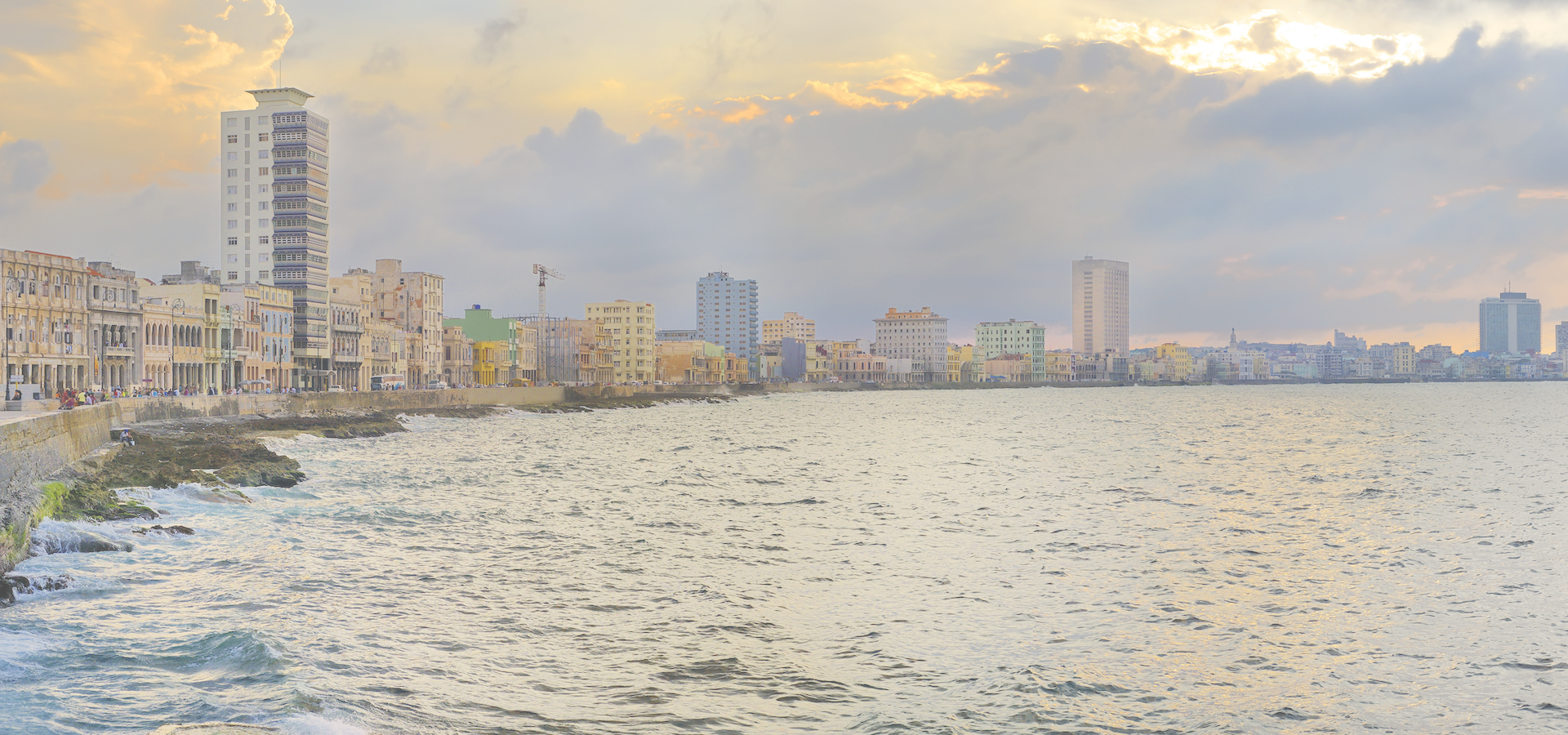Holguín, Cuba
🇨🇺 Holguín is a municipality and city in Cuba, and the capital of Province of Holguín. After Havana, Santiago de Cuba, and Camagüey, it is the fourth largest city in Cuba. The municipality is divided into repartos or barrios. The old municipality was more extense, and in 1940 included: Aguarás, Aguas Claras, Alcalá, Arroyo Blanco del Sur, Báguanos, Cabezuelas, Cacocum, Calderón, Camazán, Cauto del Cristo, Corralillo, Cruces de Purnio, Damián, Floro Pérez, Gibara, Guabasiabo, Guayabal, Guirabo, Haticos del Purial, La Aguada, La Cuaba, La Palma, La Rioja, Las Calabazas, Managuaco, Melones, Norte, Omaja, Purnio, San Agustín, San Andrés, San Francisco, San Juan, San Lorenzo, Santa Rita, Sur, Tacámara, Tasajeras, Uñas, Uñitas, Velasco, Yareyal and Yayal. At present time, some of the above are part of other municipalities, but the following still belong to Holguín: Aguas Claras, Guirabo, La Cuaba, Las Calabazas, Purnio, San Andrés, Yareyal.
1Economy The brewery Cervecería Bucanero is based in the city. It makes three brands of beer (Bucanero, Cristal and Mayabe) sold in convertible pesos.
There are two small hotels (or villas) focusing on health tourism in the outskirts of the city, very close to the airport: Villa El Quinque and Villa El Cocal. Patients like Argentine football (soccer) star Diego Maradona have been treated there for substance addiction.
There are also two established city hotels (Pernik and El Bosque). More recently, a few small (boutique) hotels, managed by Hoteles E, have opened (Caballeriza, one block away from Parque San Isidoro (Las Flores), and Esmeralda, right across from Parque San José). As of May, 2020, and after a major restoration, there's a third boutique hotel about to be inaugurated (Saratoga, right across one of the corners of the main plaza and heart of the city (Parque Calixto Garcia).
1Havana Time

Holguín has a population of over 346,191 people. Holguín also forms the centre of the wider Holguín Province which has a population of over 1,037,161 people.
To set up a UBI Lab for Holguín see: https://www.ubilabnetwork.org Twitter: https://twitter.com/UBILabNetwork
Twin Towns, Sister Cities Holguín has links with:
🇲🇽 Saltillo, Mexico 🇺🇸 Santa Fe, USA 🇮🇷 Yazd, Iran🇲🇽 San Miguel de Allende 20.915
🇻🇳 Thủy Nguyên 20.933
🇲🇷 Nouadhibou 20.937
🇲🇽 Tuxpam de Rodriguez Cano 20.95
🇺🇸 Maui County 20.868
🇲🇽 Tepatitlán de Morelos 20.8
🇲🇽 Valle de Banderas 20.8
🇲🇽 Tepatitlán 20.8
🇵🇪 Chincha Alta -76.133
🇵🇪 Tingo Maria -75.983
🇺🇸 Portsmouth -76.298
🇺🇸 Chesapeake -76.302
🇺🇸 Stevensville -76.317
🇯🇲 Morant Bay -76.326
Locations Near: Holguín -76.25,20.8833
🇨🇺 Bayamo -76.633,20.367 d: 69.9
🇨🇺 Santiago de Cuba -75.821,20.025 d: 105.4
🇨🇺 Guantánamo -75.2,20.133 d: 137.5
🇨🇺 Camaguey -77.9,21.383 d: 179.9
🇯🇲 Port Antonio -76.45,18.167 d: 302.8
🇯🇲 Saint Ann Parish -77.259,18.323 d: 303.7
🇯🇲 Falmouth -77.657,18.491 d: 304.1
🇯🇲 Kingston -76.783,18.008 d: 324.5
🇯🇲 Montego Bay -77.919,18.469 d: 320.4
Antipodal to: Holguín 103.75,-20.883
🇮🇩 Cilacap 109,-7.733 d: 18447.8
🇮🇩 Singaparna 108.11,-7.35 d: 18438.9
🇮🇩 Tasikmalaya 108.198,-7.316 d: 18432.5
🇮🇩 Sukabumi 106.926,-6.921 d: 18425.4
🇮🇩 Ciamis 108.333,-7.317 d: 18428.1
🇮🇩 Kebumen 109.661,-7.671 d: 18414.5
🇮🇩 Bandung 107.571,-6.877 d: 18404.2
🇮🇩 Cimahi 107.555,-6.871 d: 18404.1
🇮🇩 Purwokerto 109.23,-7.42 d: 18406.3